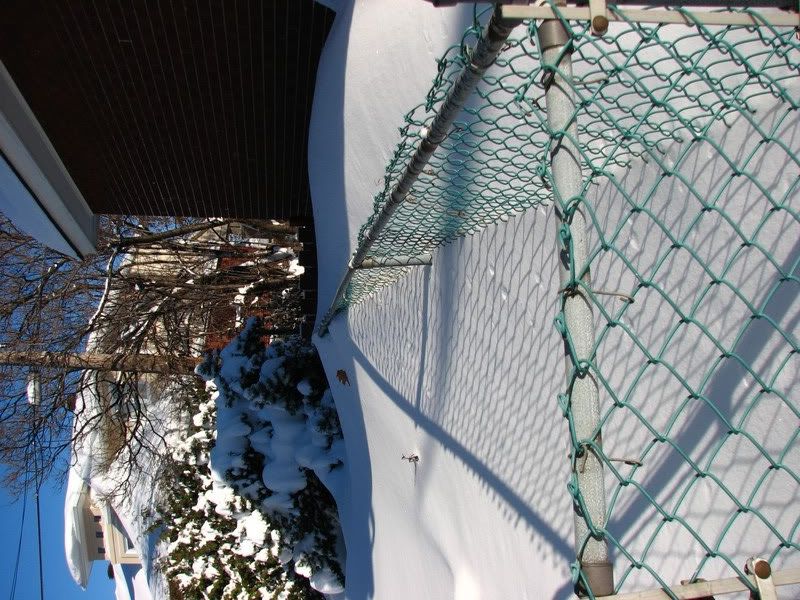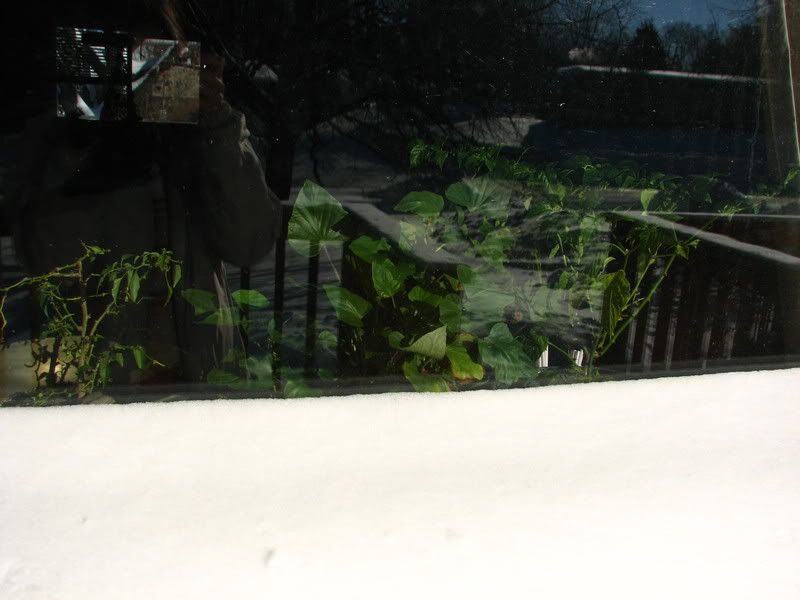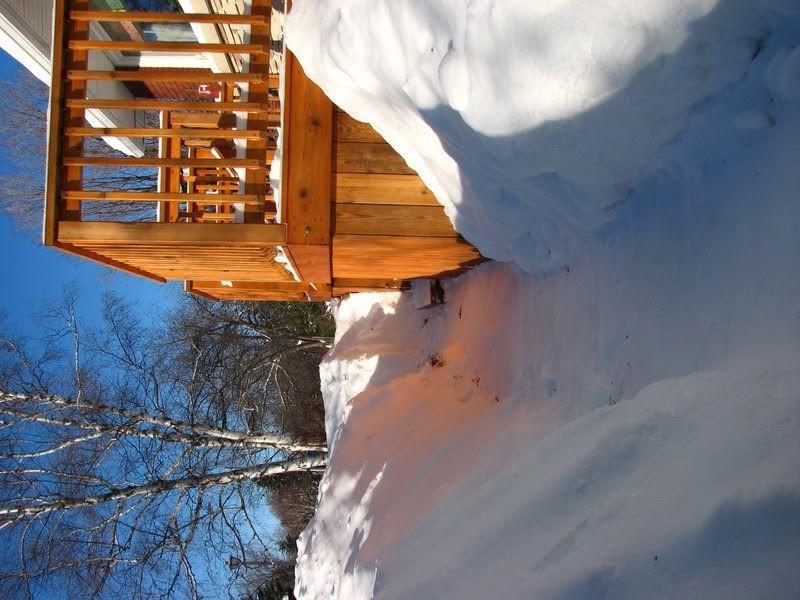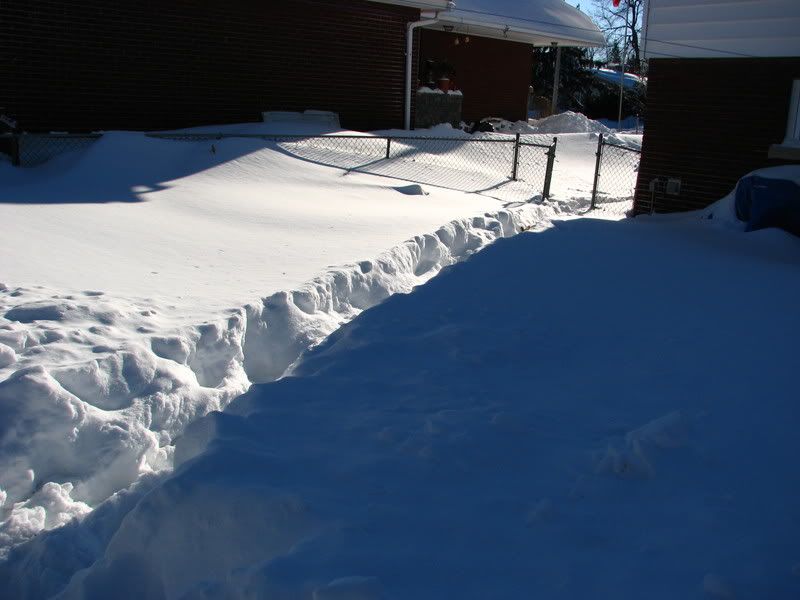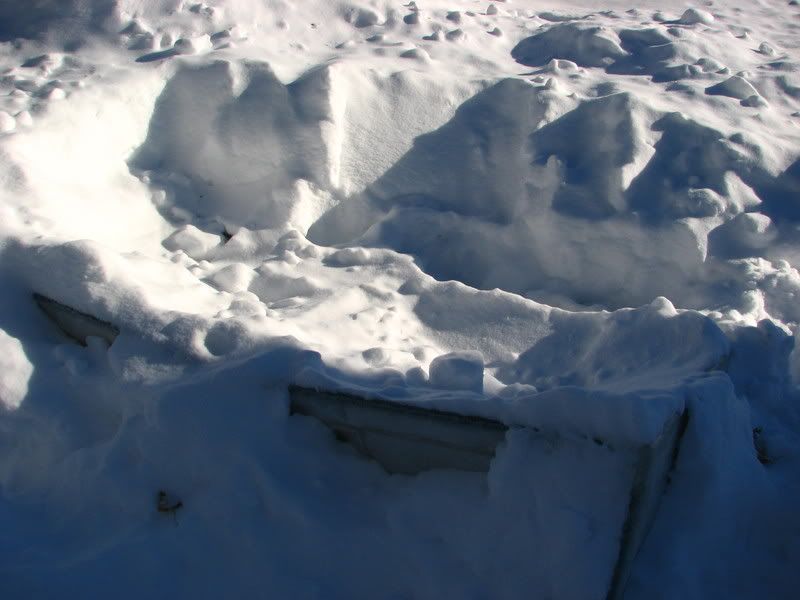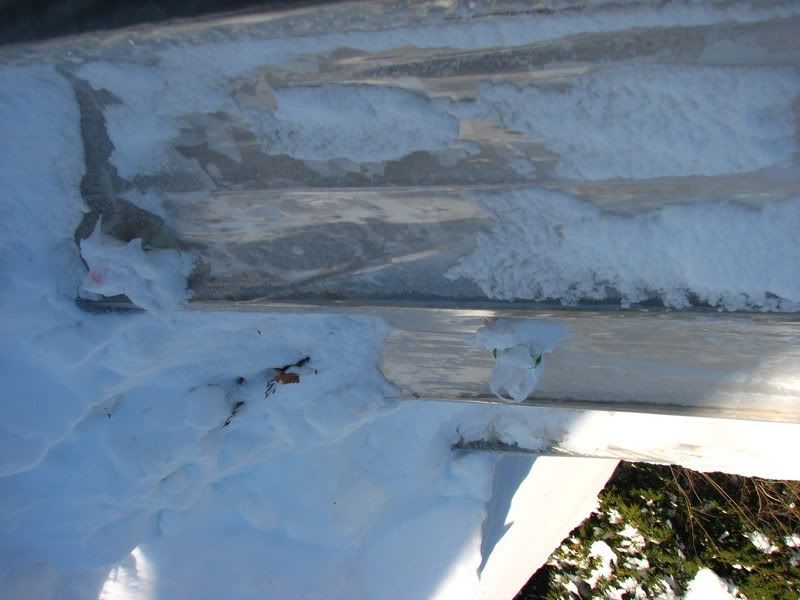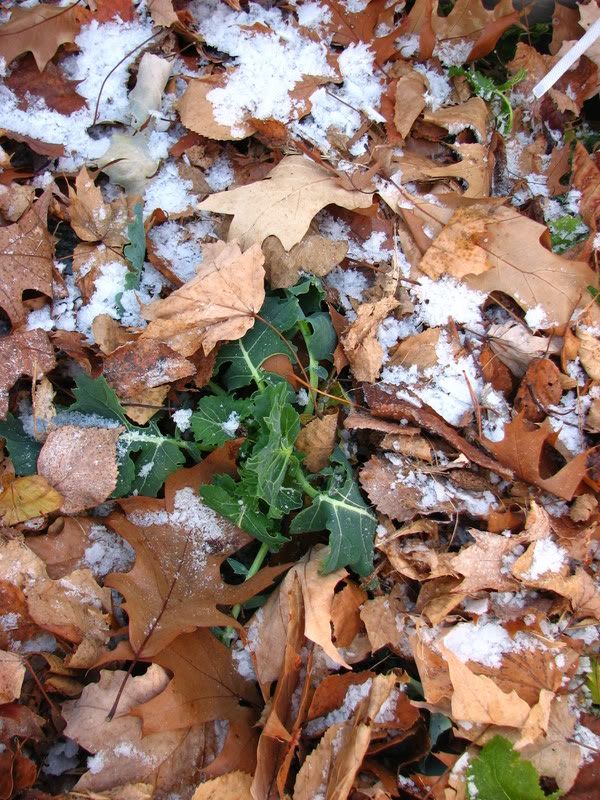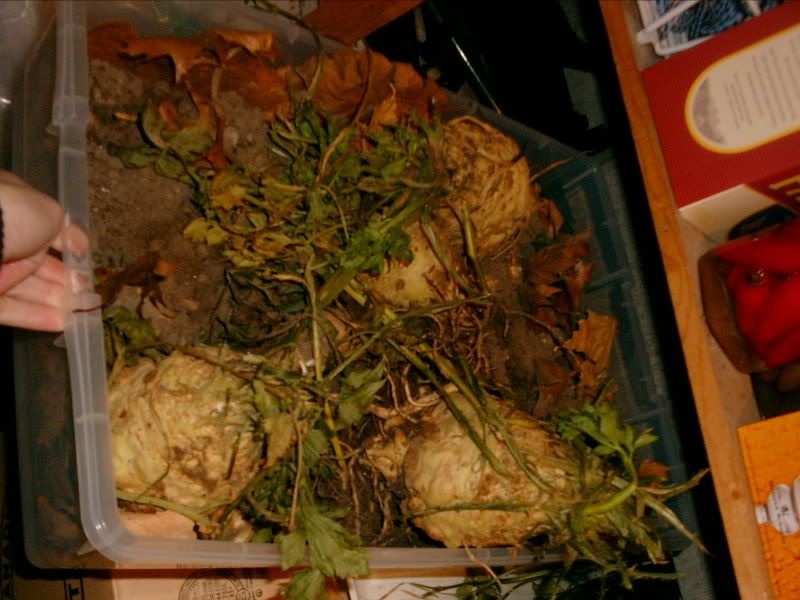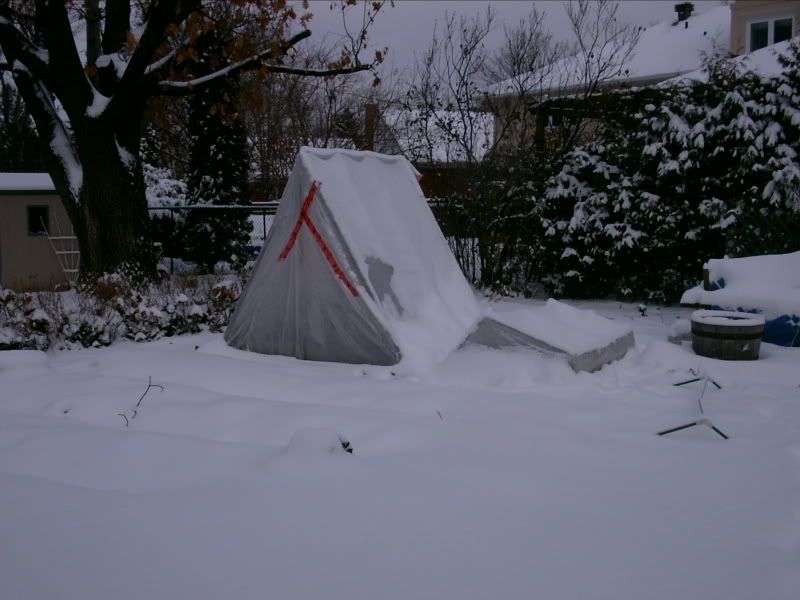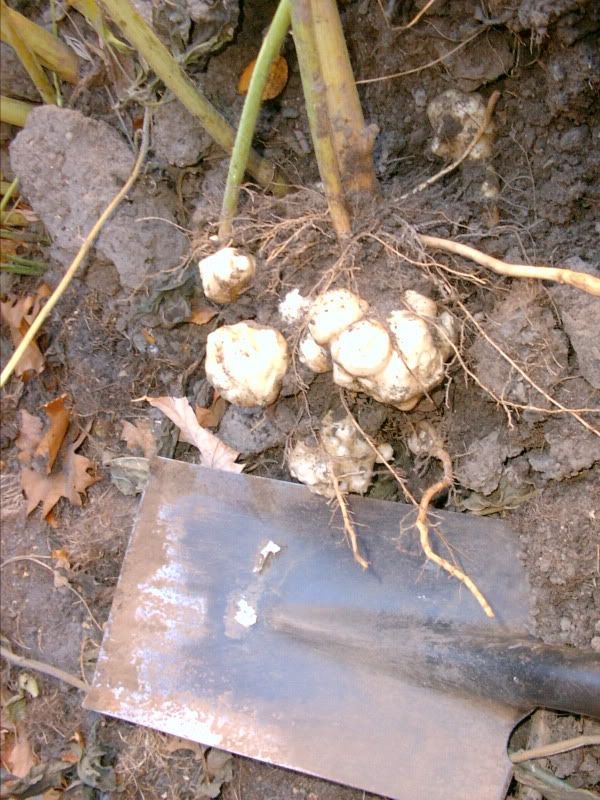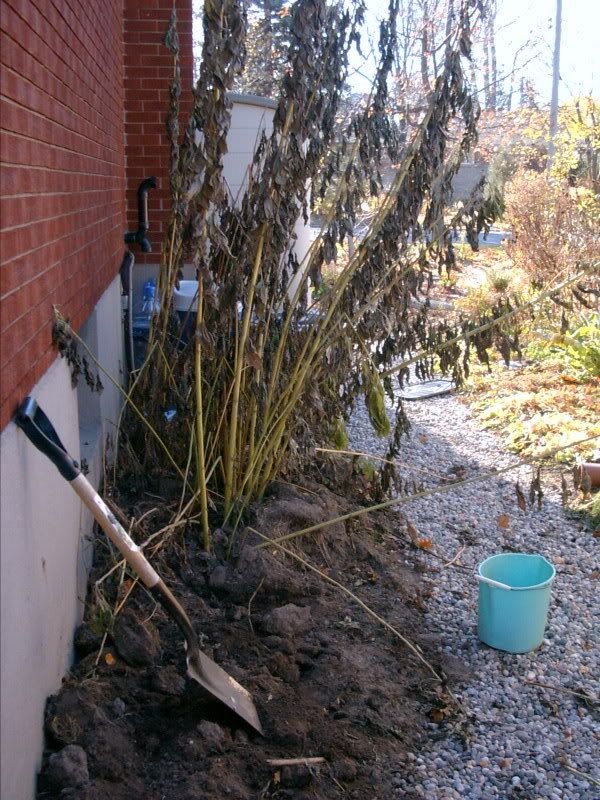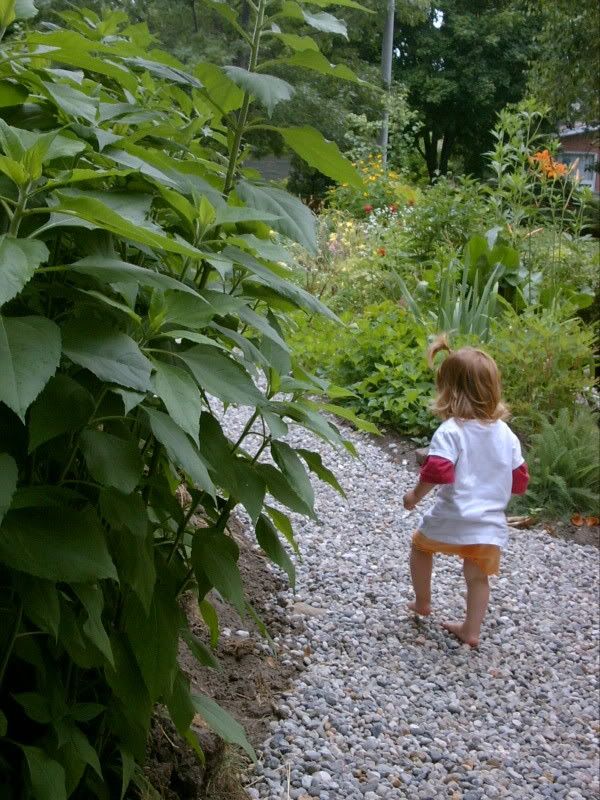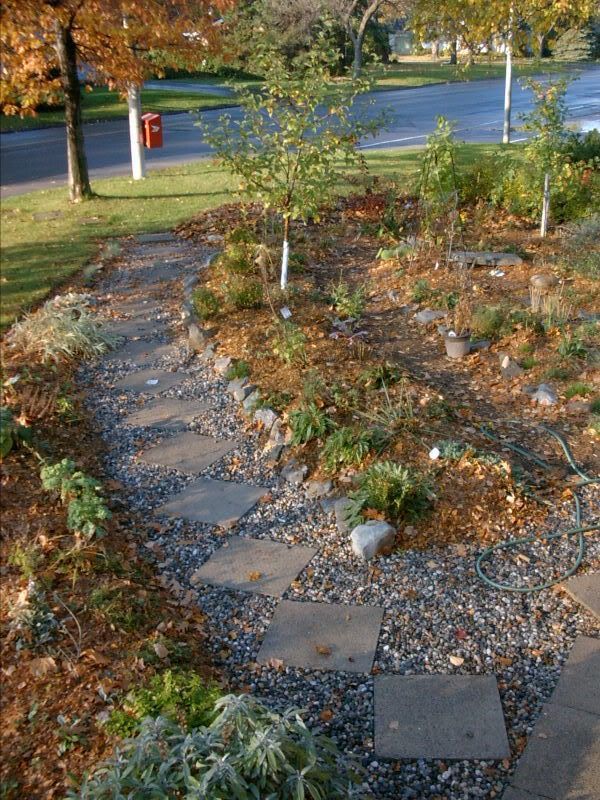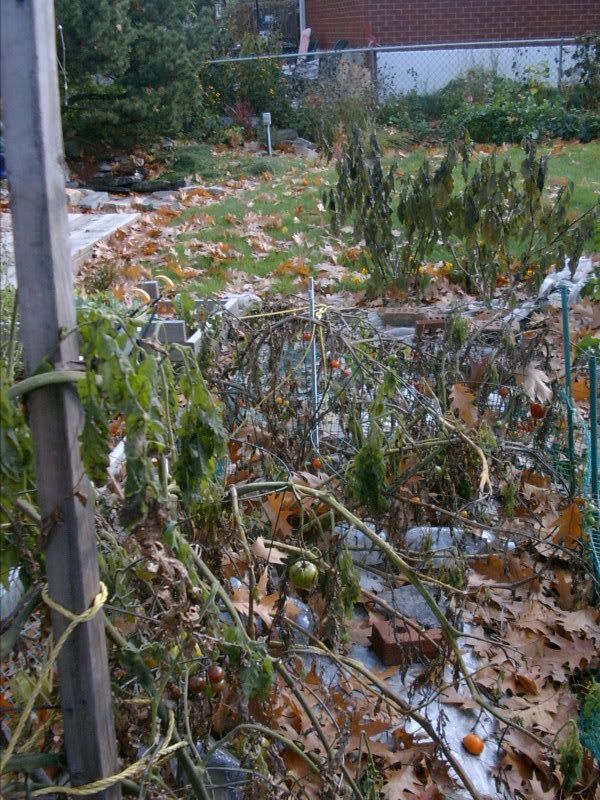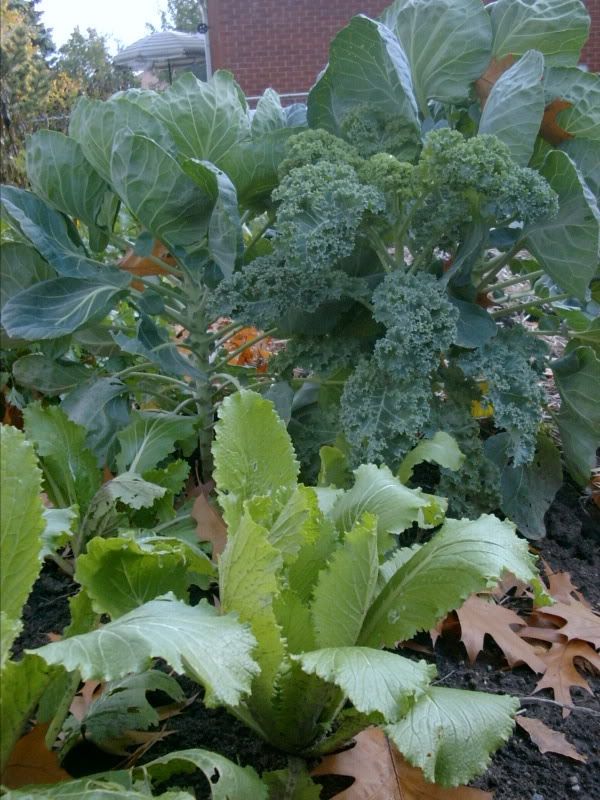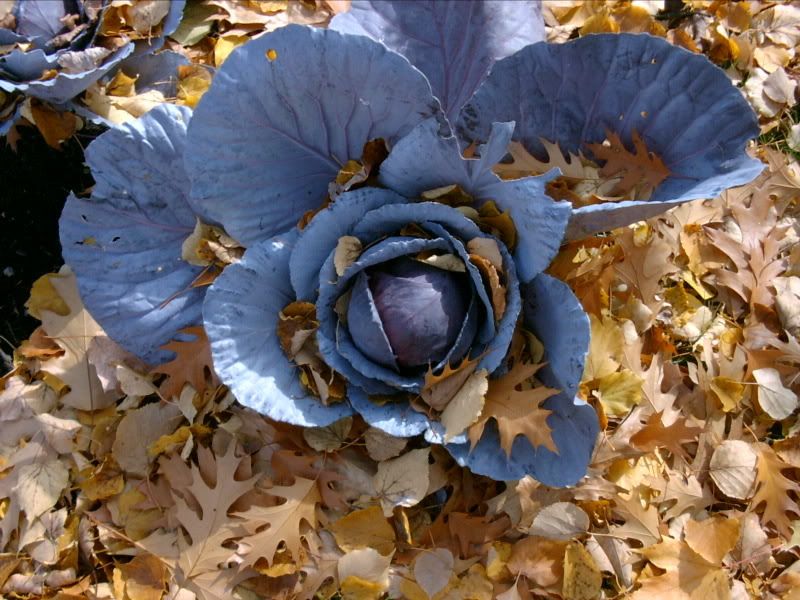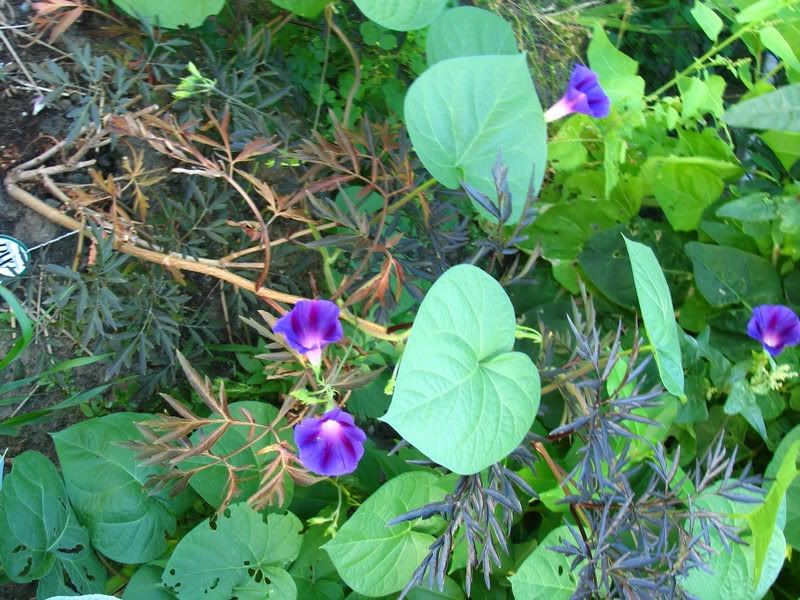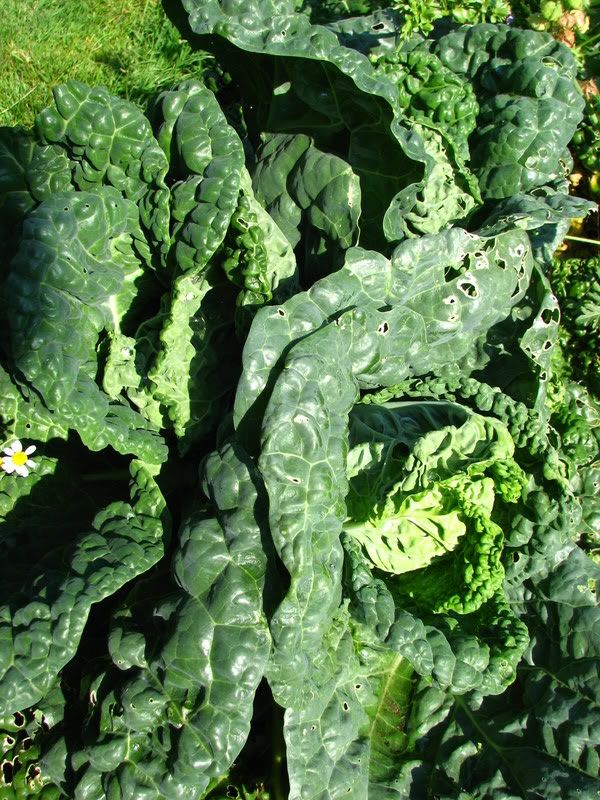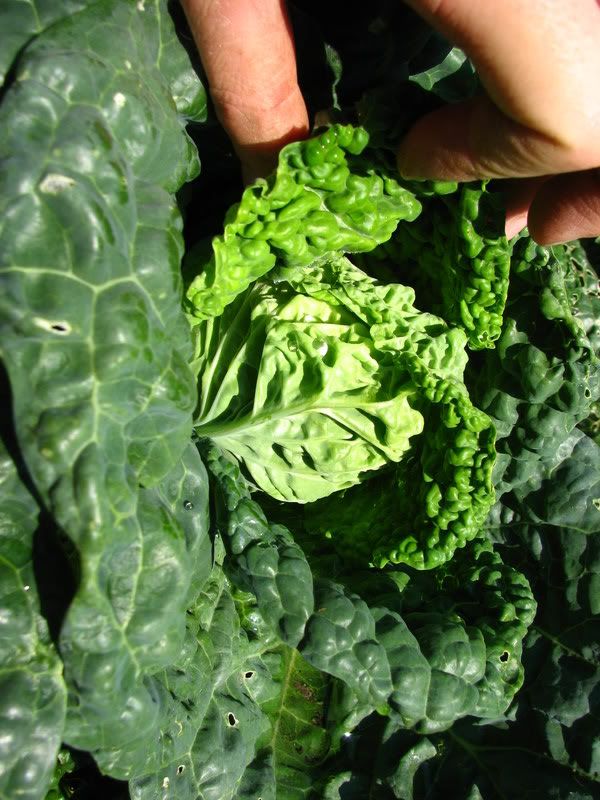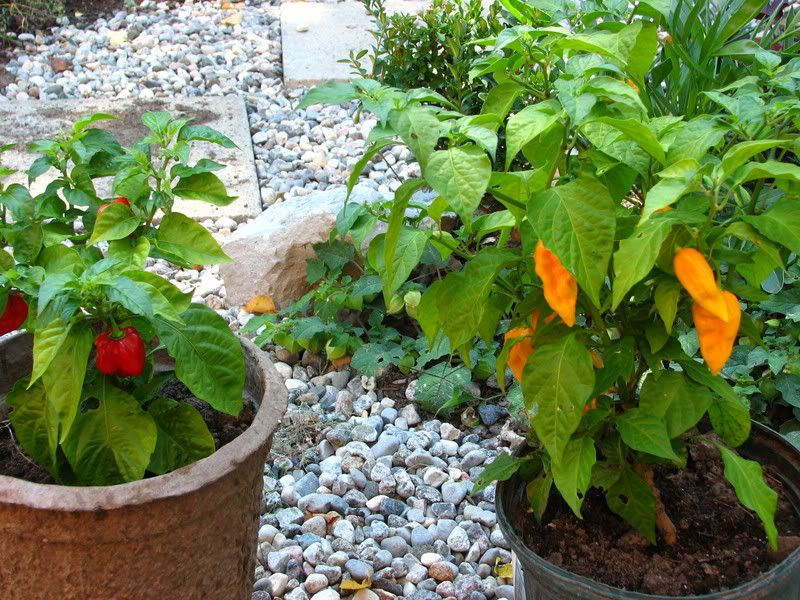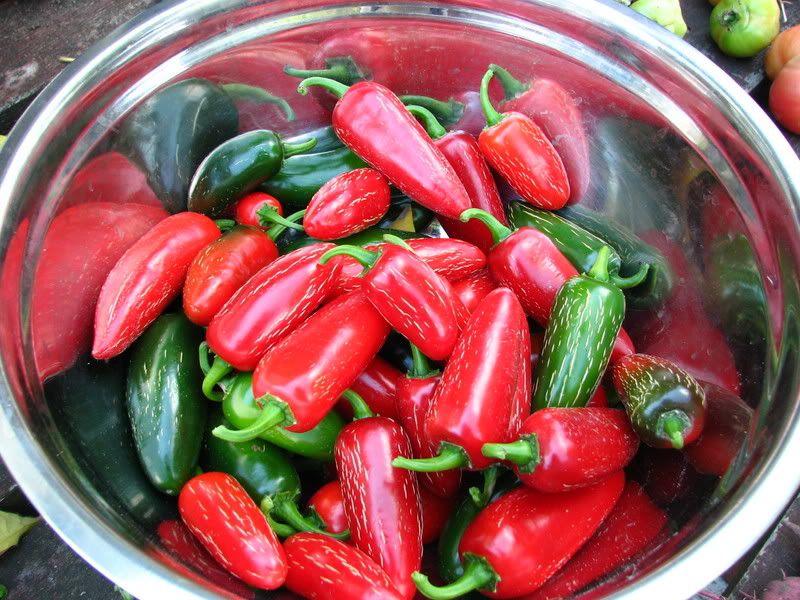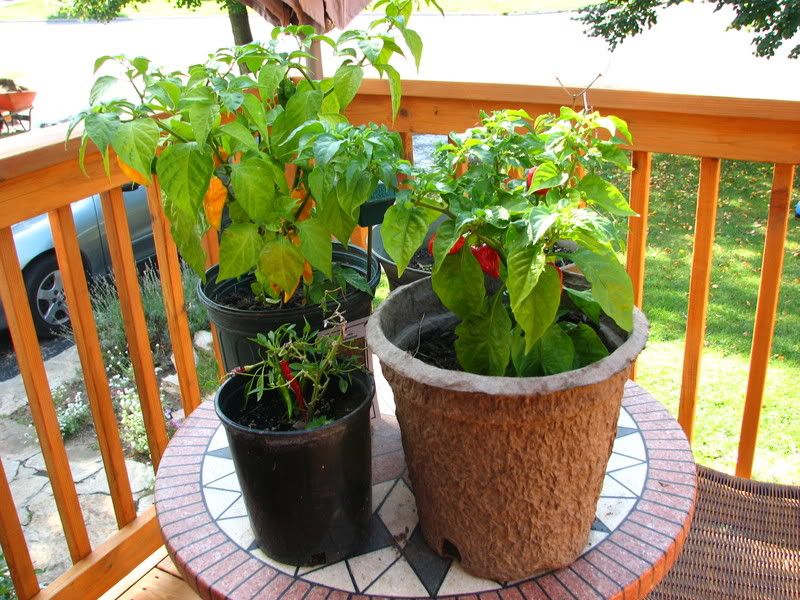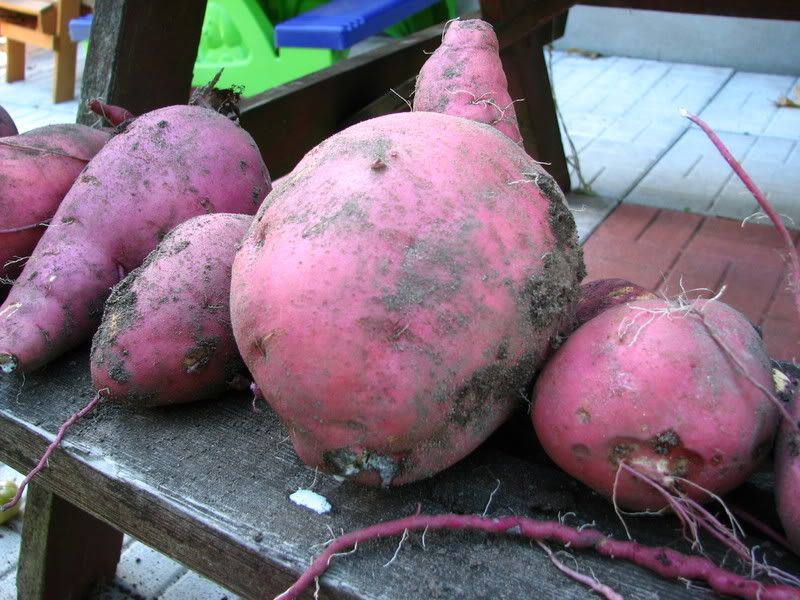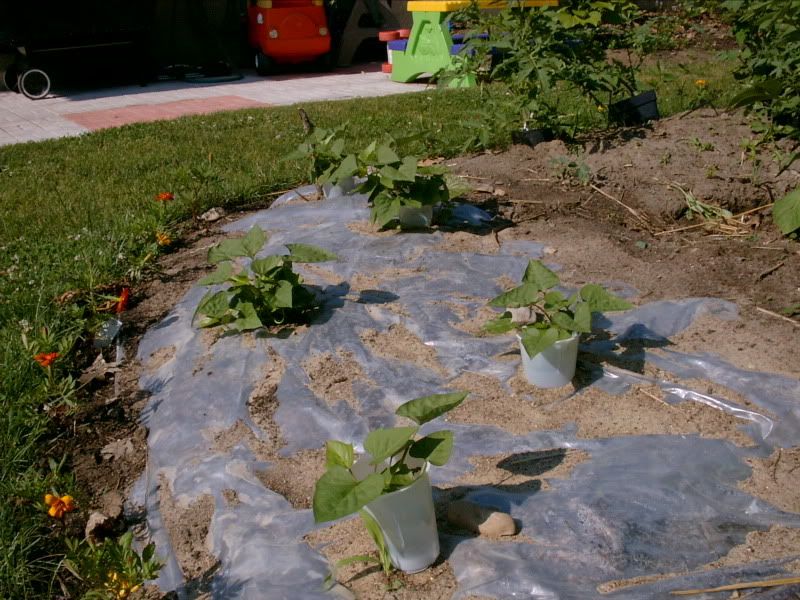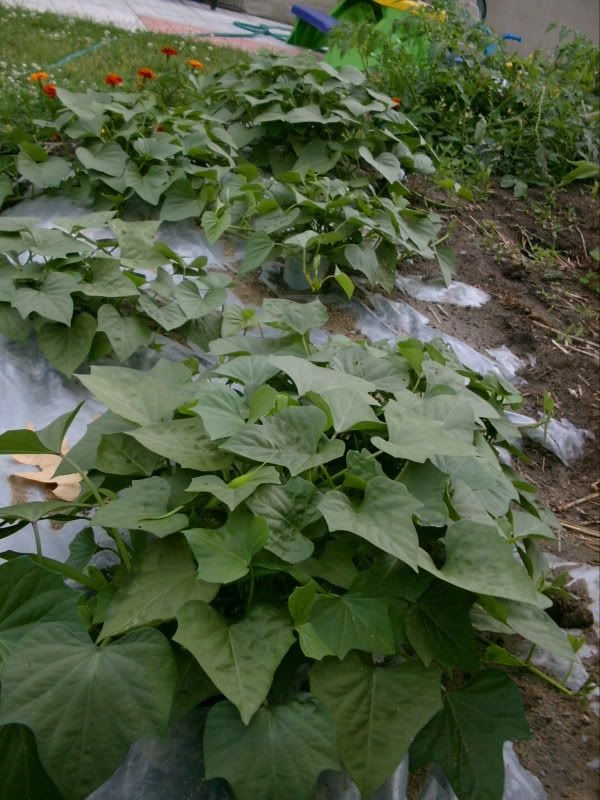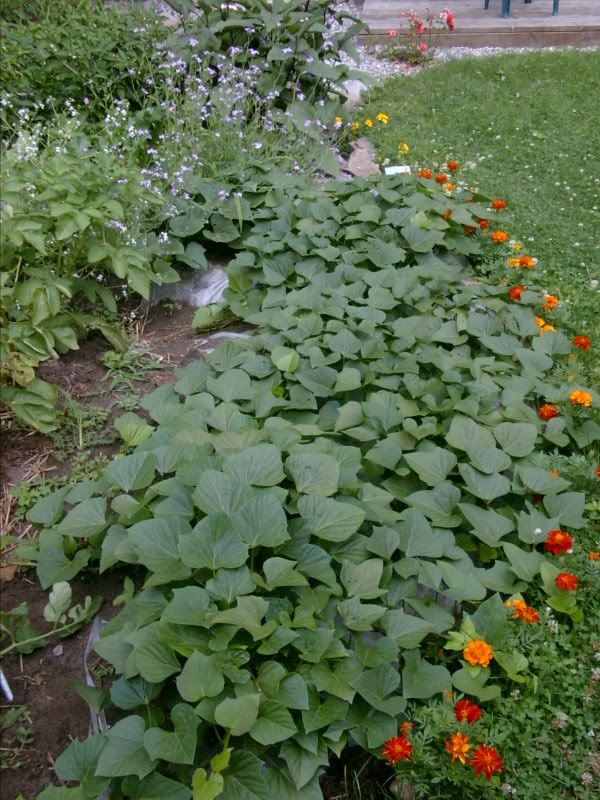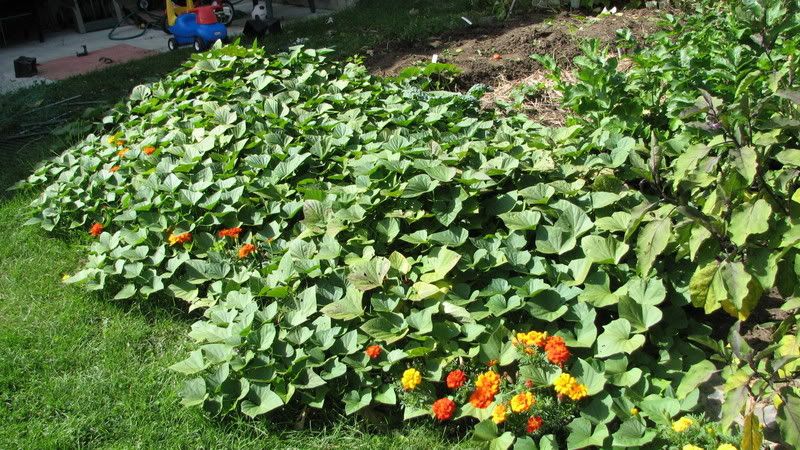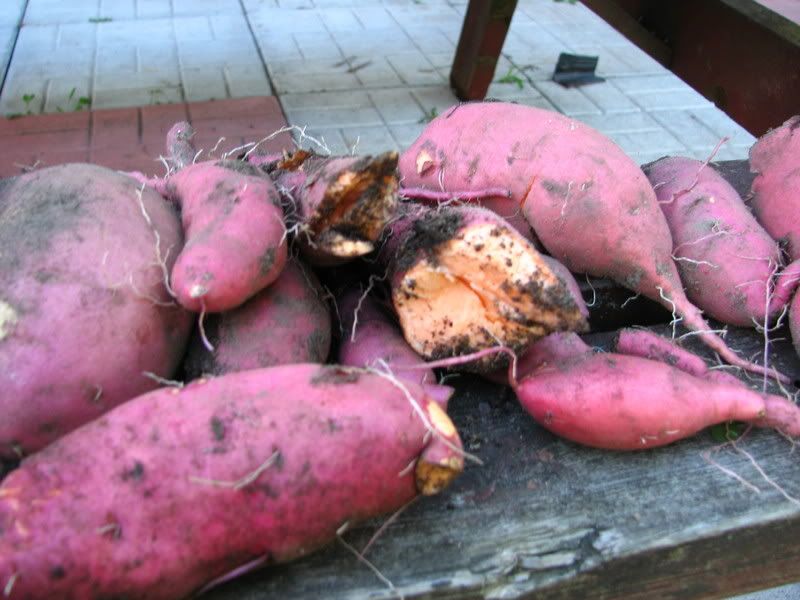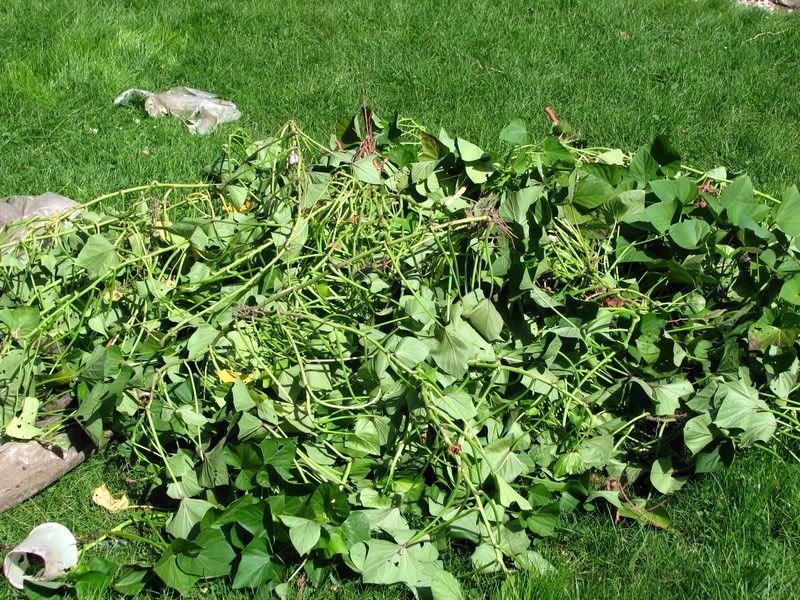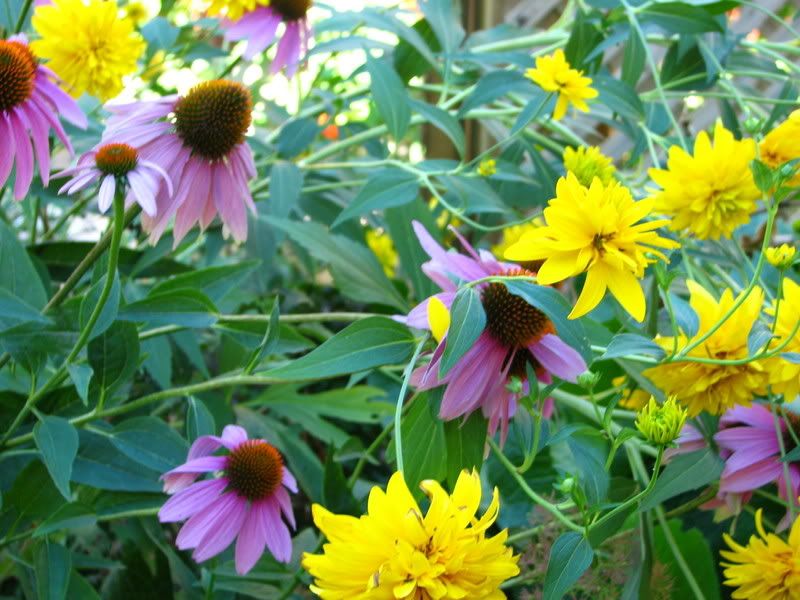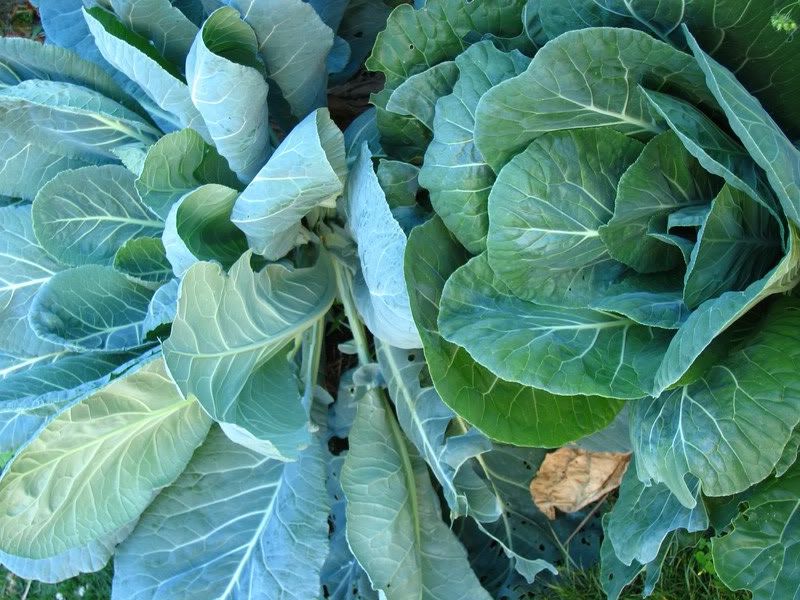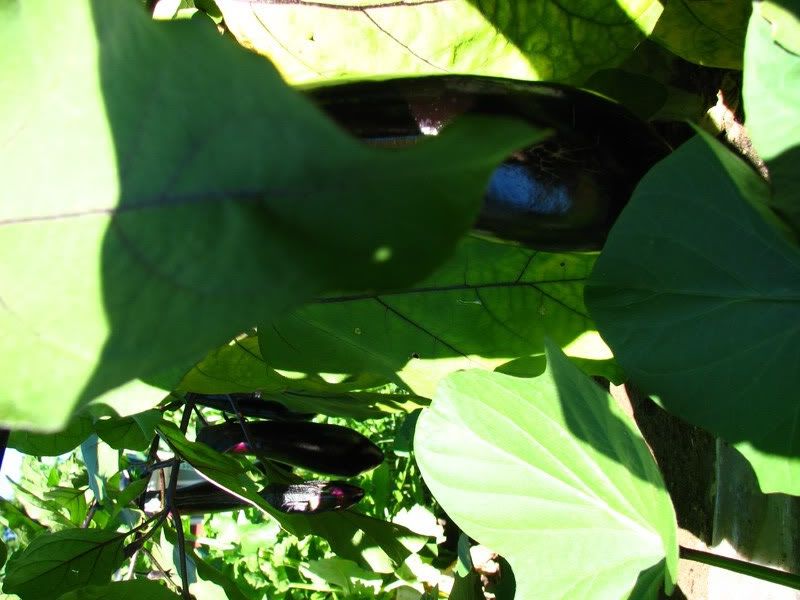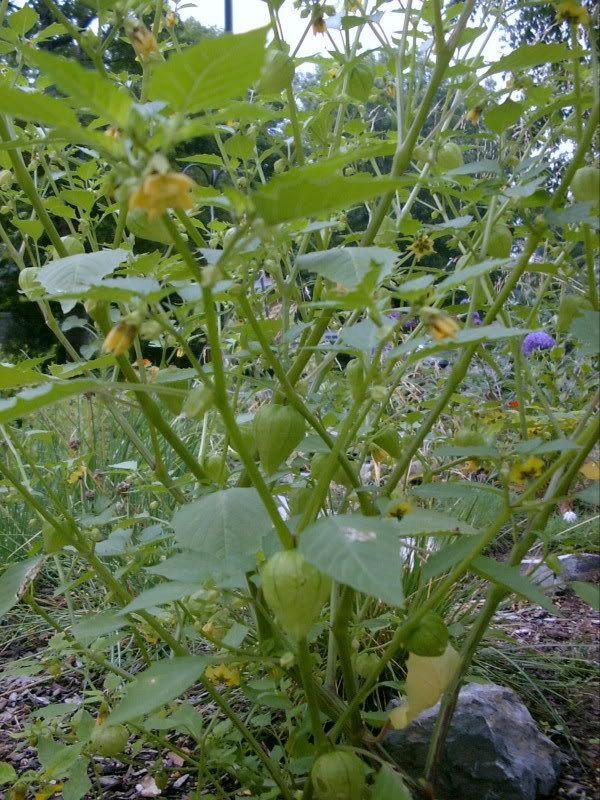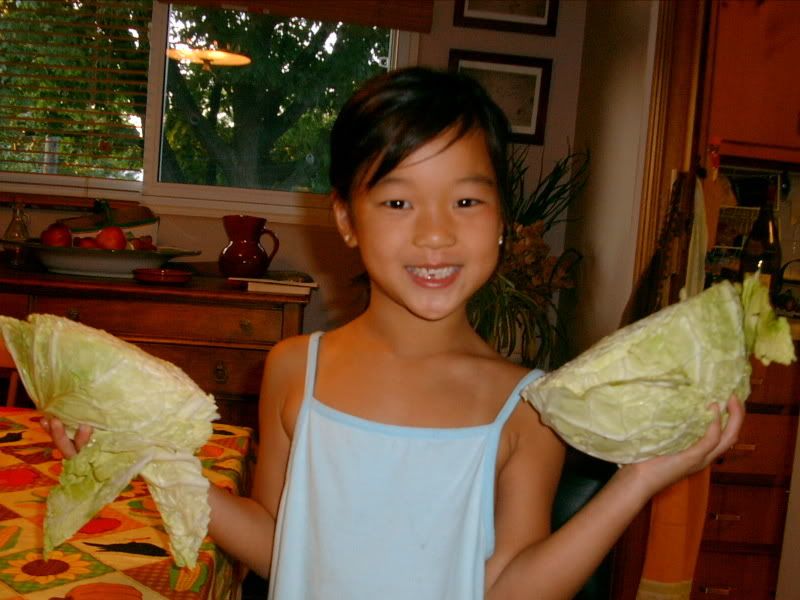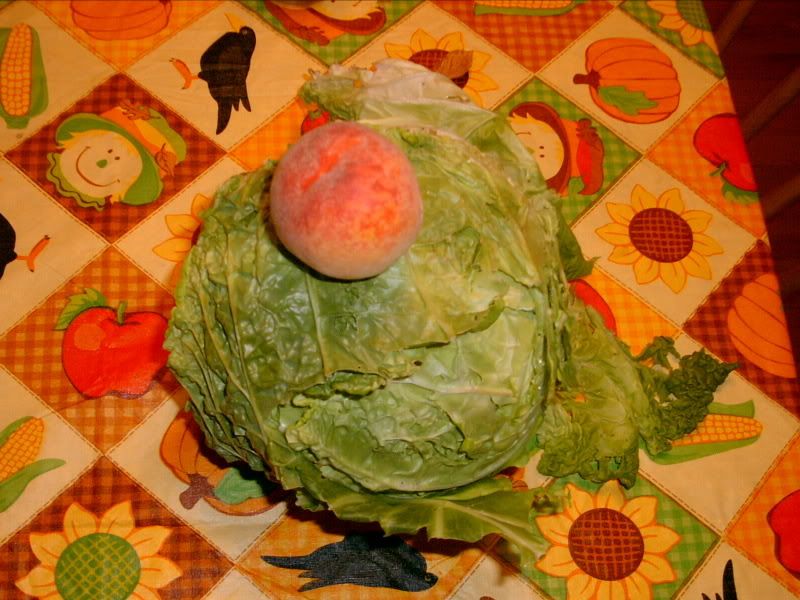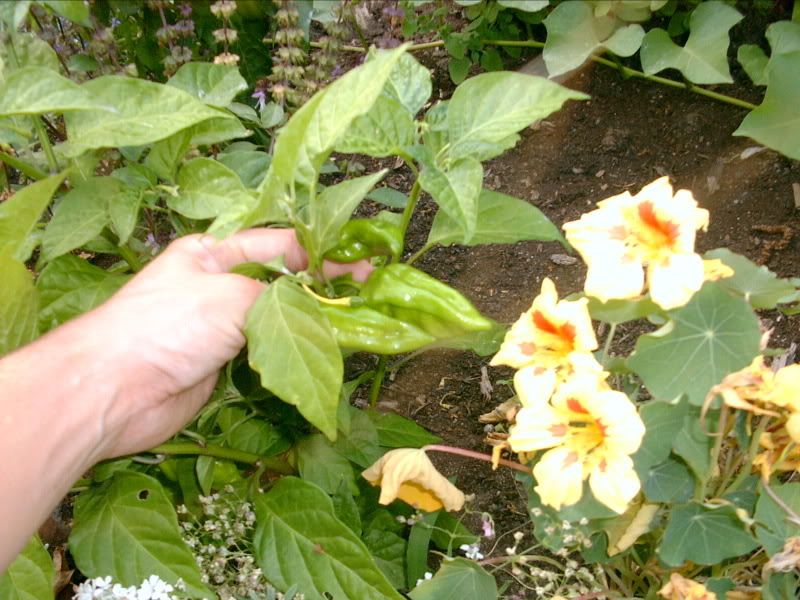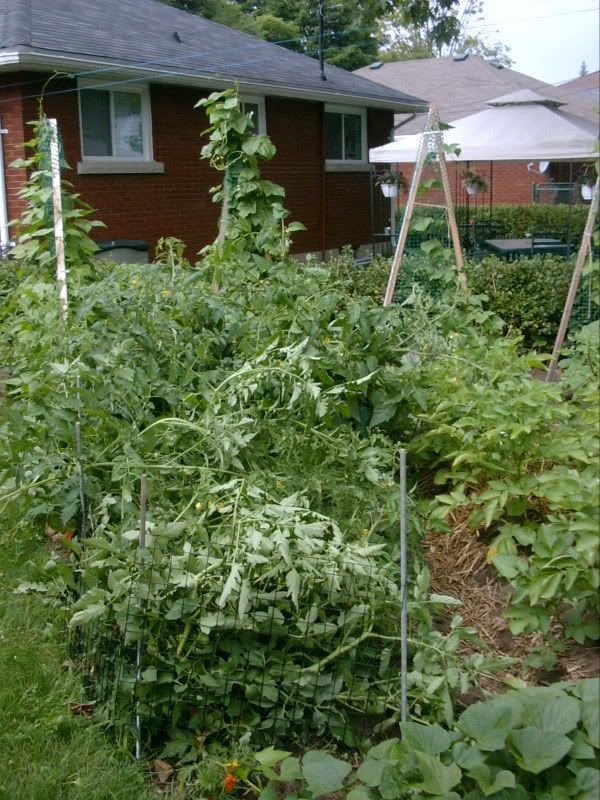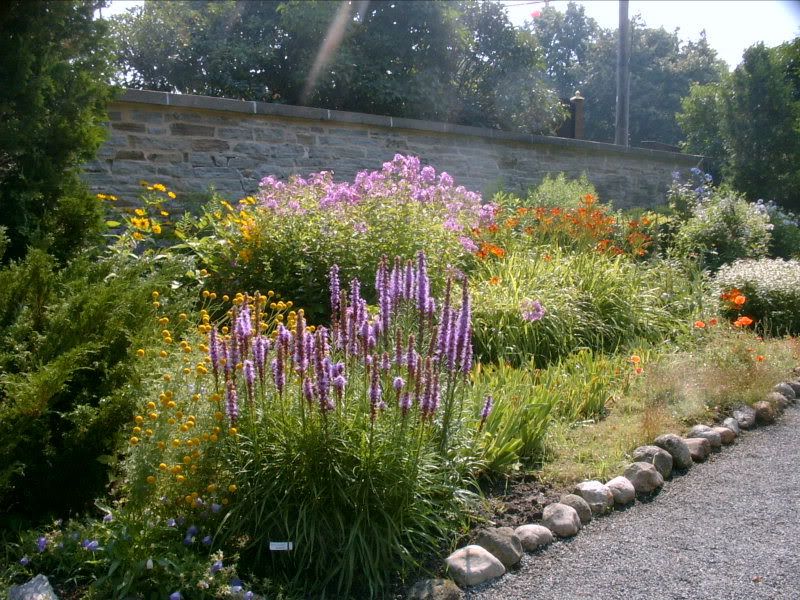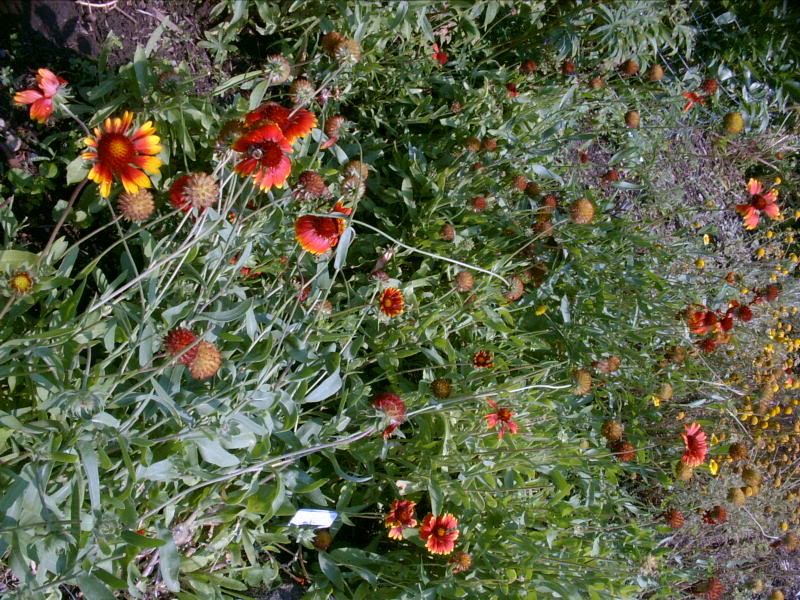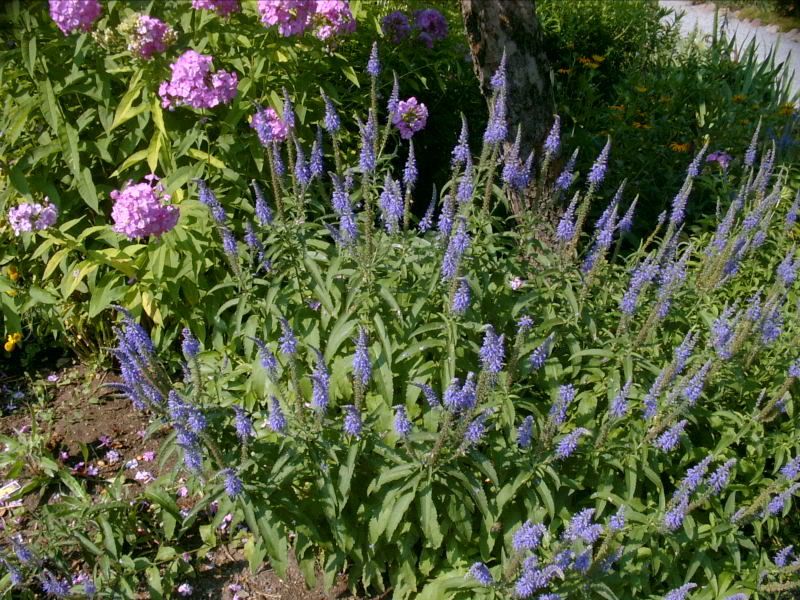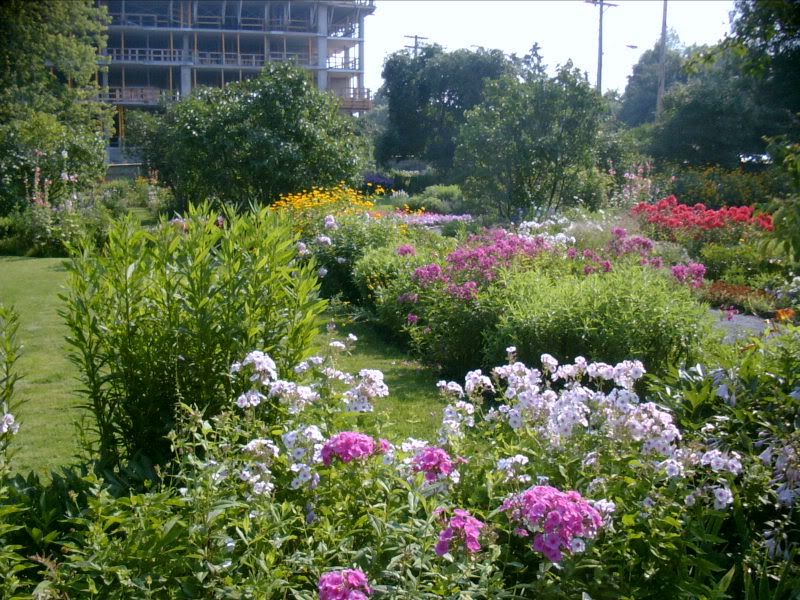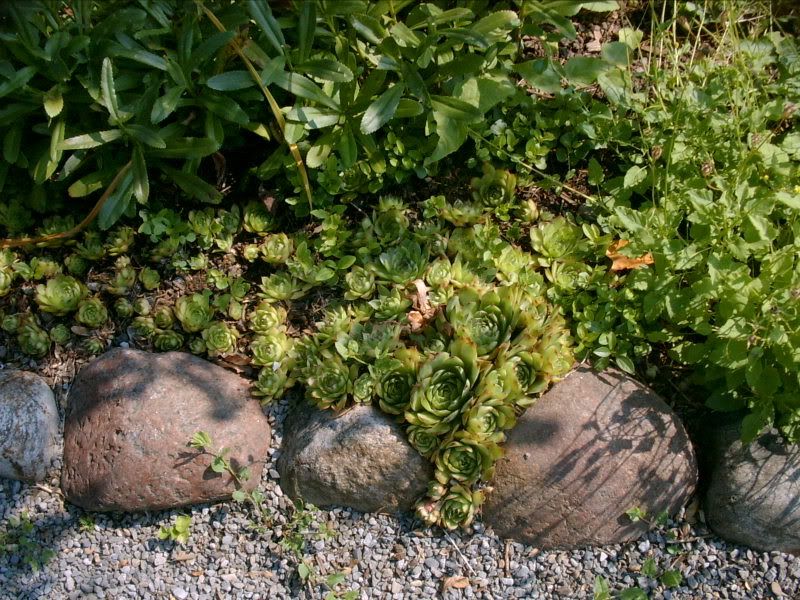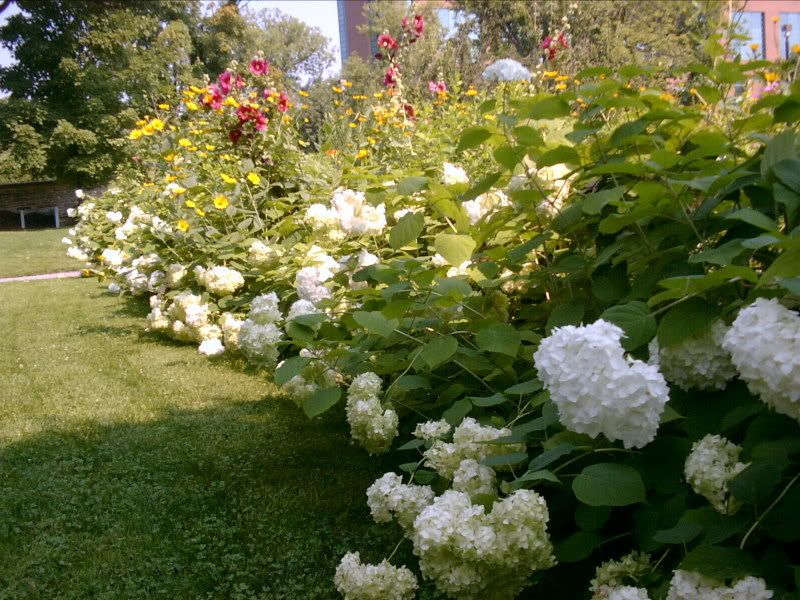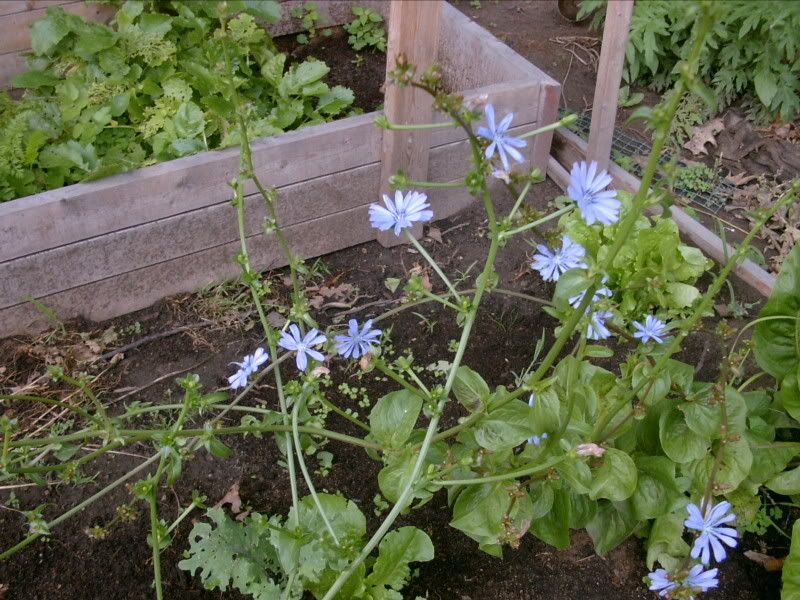
Chicory flower in the background, beets and turnips in the foreground coldframe.
Root crops are great to grow. They take up very little room compare with sprawlers like winter squash and have a great yield. They grow well in the north and they store well in my cellar downstairs.
Here is a low down on what I grew this year, what I'll grow next year, and what I'd love to try in no particular order.
1. Beets
I don't have much luck getting big beets but I think that's because I space them too closely, and don't thin judiciously enough. I've tried:
a. Lutz Greenleaf
b. Detroit red
c. Burpee's Golden
Grow again? Yes. I am still hunting for my favourite variety but I'm betting on Lutz Greenleaf because of its large sized root, reputation for storing well and plentiful greens crop.
2. Parsnips
The first year I tried parsnips, they didn't germinate. Since then, I've learned that the seed needs to be very fresh as it doesn't last long. Now, I grow from fresh seed every year, and have had great crops every time. They seem less bothered by wireworm, store fantastically well in ground and in the root cellar, as well as being sweet and delicious regardless of the growing conditions so far in my garden. I've grown:
a. Hollow Crown
b. Harris Early Model (I think)
Grow Again? Absolutely! I really like the flavour of hollow crown but I'm not partial to either yet.
3. Turnips
My experience with turnips has been limited to Goldina turnip which is a re-selected golden fleshed variety. I have nothing but good things to say about this turnip. It is vigorous, good looking, tasty and stores well. I love its pleasantly bitter taste in summer but my hubby does not. At any rate, after a few good frosts, it is very mild and sweet. The colour is also a lovely addition to the rainbow of root crop colours. I've tried:
a. Goldina
Grow Again: Yes! I've also recieved some seeds of Orange Jelly turnip from Bifucated Carrot and hope that their summer taste pleases my hubby more!
4. Carrots
I've been growing carrots since I've been gardening. My best tips are to water well during germination, thin well if you are interested in a good sized carrot and above all to have loose friable soil unless you try some of the round or stubby nosed carrots. Remove all rocks and clay chunks, ammend with organic matter or sand if you need too to at least a depth of 6 inches. In my garden, it is hard to get a really sweet carrot which I am still working on but it may have something to do with soil acidity. I've tried:
a. Various nantes types
b. Dragon
c. Oxheart
d. Unnamed varieties
Grow again: Yes, but I must find out how to grow sweeter carrots.
5. Potatoes
I find that the skin on new potatoes has a distinct taste that strikes me as poisoness and have done so all my life. Most people don't know what I'm going on about. At any rate, it means that I am less ga-ga about new potatoes than most though I do enjoy them. I've grown a number of varities and have found them all satisfying including:
a. Banana
b. Russian Blue
c. Carleton
d. Cherry Red
e. Grocery store volunteers
f. Kennebec
Grow again: No. I've had pretty good luck growing potatoes, but I have limited garden space and do not plan on using it to grow maincrop pototoes which require not only a substaintial amount of space for yearly needs, but also care to prevent various pests and diseases. I would prefer to grow other root crops in place of them until I get more space.
6. Jeruselum Artichokes
Is it fair to say that one grows JAs? Or do they grow themselves. Certainly I spend some time harvesting them. I've only grown one variety purchased by someone else from an organic produce store so I don't know the variety but it is at least 10ft tall with insignificant flowers and spectacular yields.
Grow again: I have no choice! They are restrained by a walkway and a brick wall.
7. Salsify
I am in the process of discovering this. The salsify that I planted in the perennial bed grew fairly well and I'm hoping will produce flower this year and reseed itself. Next year, I'll harvest.
8. Scorzonera
I'm looking forward to getting my hands on this PERENNIAL root crop. According to ..., the author of Perennial Vegetables, the young leaves are edible and taste something like spinach. It also has a nice yellow flower.9. Skirret
This is another PERENNIAL root crop I'd love to try but ideally I could get ahold of a plant division so I could know the properties of this variable plant beforehand. It grows clusters of roots stored and cooked similarly to carrots though some claim it has an inedible core.
10. Burdock
Another root I have no experience with.
10. Earth Chestnut
I've ordered seeds!
11. Chufa (link for animal fodder use)
I will not be growing this crop again. It produced fantastically well, looked great but cleaning, processing and storing required more time than I had. If I had some equipment, it might be different. Also, it would make a great crop for foraging animals.
Grow again: no
12. Chinese Artichoke
The tubers that I orderd from this member of the mint family are growing well but I haven't harvested them yet. They are dimunitive plants so far.
13. Hardy Yam
Another intriguing plant listed in perennial vegetables that I know little about. It seems to have a mixed reputation. If you have an experience (or know if it grows here, have a supplier, all the rest...), let me know.
15. Dandelion
I grow this every year ;-) but I haven't tried any yet. This year!
16. Celariac
Though technically a swollen stem, I include it because it stores pretty well the same as a root. You have to start it early, it looks pathetic and you wonder how such tiny little seedlings will ever become the ugly giants you see in the stores. Then you plant and hope. It grows and grows and grows. I've only tried:
a. Prague Giant
Grow again: I've no complaints. It's versitle, tasty, and has stored very well so far. It also makes nice little celery like stems for you if it sprouts.
17. Chicory
I grow it but I've never tried it. I think I'll make roasted chicory and dandelion root...
18. Groundnut / Apios
The seeds I was given did not germinate last year, but I'm trying some different techniques next year. It looks quite pretty in my friends garden and supposively tastes good too.
19. Hamburg rooted parsley
Germination failure. Next year. Always next year.
As far as I'm concerned, this is a mythical vegetable. Anyone out there grow it? It appears different from Earth Chestnut but they both are related to chevril. Anyone?
21. Horseradish
Another great and easy perennial that some might consider more of a condiment instead of a vegetable (including myself). I grow it every year as if I could stop growing it... it grows near the JAs.
22. Radish
Never met a radish that I liked but I grow it to ward off the critters.
23. Sweet Potatoes
Will I grow them again? Yes, oh yes oh yes. I had a great year with them harvest wise. They cured better than I expected given my unconventional technique, and taste fabulous! I've tried:
a. George Jet
b. ?? I was sent a red skinned, cream/pink floury fleshed one.
Grow again: Yes!

